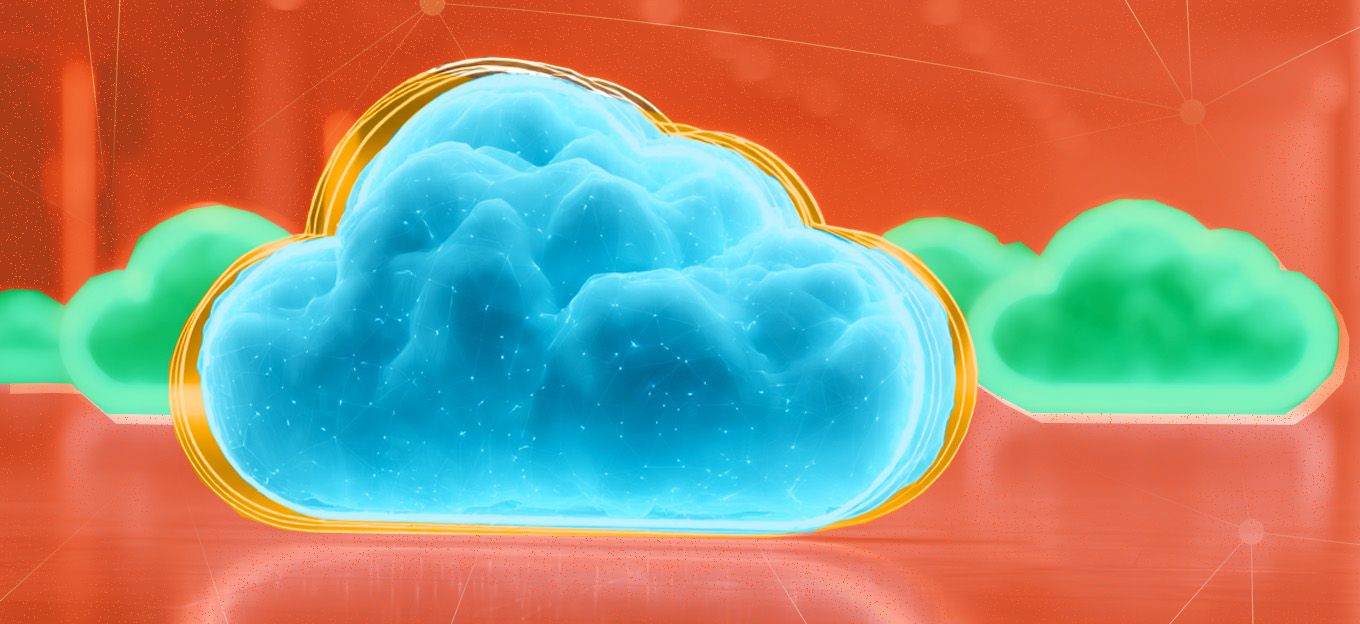What Are IaaS, PaaS, and SaaS?
What Are IaaS, PaaS, and SaaS?
- Last Updated: December 2, 2024
InHand Networks
- Last Updated: December 2, 2024



Thanks to the continued growth of IoT, cloud computing has great potential to continue to drive technological advancements. Cloud computing, born in 2007, has aided technological revolutions through 14 years of development. You may have discovered that cloud computing has expanded its functions in recent years beyond simple storage services, such as iCloud and Google Drive. These functions include IaaS, PaaS, and SaaS.
So what are IaaS, PaaS, SaaS, and how do they play an important role in cloud computing? First of all, let us look at the definition of cloud computing.
Cloud Computing
The 'cloud' refers to a shared pool of configurable computing resources. It plays a vital role in integrating computing resources and realizing automatic management through online platforms. This means that users of cloud computing can reduce labor costs, and at the same time, can achieve resource utilization efficiency.
Cloud computing has expanded its functions in recent years beyond simple storage services. These new functions include IaaS, PaaS, and SaaS. Learn more about these functions here.
Cloud computing means more in commercial activities. Like all other commercial resources, the computing resources have become purchasable and have flexible liquidity through resource pooling. Their low prices also make them one of the top software developers or engineers' options.
There are three layers of cloud computing, including Infrastructure-as-a-Service (IaaS), Platform-as-a-Service (PaaS), and Software-as-a-Service (SaaS). I will introduce them more specifically in the following context.
Layers of Cloud Computing
To illustrate the concept of the three layers of cloud computing, let us begin with an example introduced by Albert Barron, an executive software client-architect of IBM.
Suppose you are a caterer who plans to start a pizza business and wants to make handmade pizzas from start to the end entirely on your own. But, the complicated preparation work may make you feel stressed. Therefore, you have decided to outsource part of your work to reduce your workload. Now, you have been provided with three plans:
IaaS
The outsourcers provide you with resources including kitchen, oven, gas, etc. You can use these infrastructures to make pizzas.
PaaS
Expect the infrastructures; the outsourcers also provide you pizza crusts. All you have to do is to sprinkle your ingredients on the crust and let the outsourcer bake it for you. In other words, once you have customized your needs, the cloud platform will help you realize them.
SaaS
The outsourcer has already prepared pizzas for you without your participation. You can package them and print your logo. Then, all you have to do now is sell them.
If we map pizza production to systematic processes, we can easily see the differences between IaaS, PaaS, and SaaS.
According to the picture shown above, it is obvious that the workload is decreasing during the service application process. IaaS > PaaS > SaaS
Bottom Layer
Simply put, IaaS is the bottom layer of cloud services and mainly provides some essential resources. For example, Amazon EC2, Microsoft Azure, Rackspace, etc. In addition to being unable to change the infrastructure, users can install any operating system or other software on the infrastructure at will. However, the installation and use process are relatively complicated, with high maintenance costs. Users need to control the bottom layer by themselves to realize the use logic of infrastructure.
Runtime
PaaS provides runtime, simplifying hardware and operating system details and seamlessly scaling. Developers only need to focus on their business logic instead of the bottom layer logic. Platforms including Google App Engine and AWS Elastic Beanstalk show this feature very well. Generally speaking, PaaS refers to updating cloud-built operating software for the users. Users only need to download and install the software they need on the built platform.
Releasing Worry
SaaS means leaving the development, management, and deployment process to the outsourcers, releasing worries regarding technological matters. All the resources provided are ready to be used at any time. The internet services that ordinary users encounter are almost all SaaS, such as Facebook, Twitter, and Instagram. Its advantage is that resource utilization efficiency can be highly optimized. Because all applications such as the operating system have been deployed in the cloud, users can log in directly without other operations.
All in all, what IaaS, PaaS, or Saas can do is make our work and life more convenient. The charm of technological progress also lies here. In the world of cloud computing, what can be shared is both information and technology. Even if no maintenance staff is specialized in the cloud computing industry, the multiple-choice service platform of cloud computing allows you to use its full functions easily. This advanced technology can help reduce the work of digital transformations.
The Most Comprehensive IoT Newsletter for Enterprises
Showcasing the highest-quality content, resources, news, and insights from the world of the Internet of Things. Subscribe to remain informed and up-to-date.
New Podcast Episode

Moving Past the Pilot Phase in IoT and AI
Related Articles


